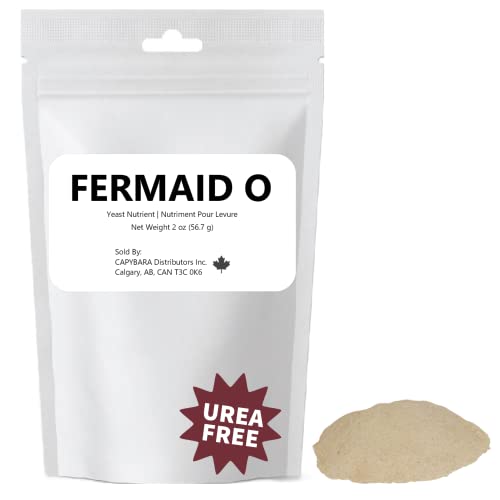I would suspect liquid yeast is better because not all the desired yeast would survive the freeze drying process.
Also making a starter is not going to create yeast that no longer exist.
So yeast is less like billions of little clones, more like billions of minions, similar but with unique characters...















![BREWING THERMOMETER STICKERS ACCURATELY MONITOR FERMENTING BEER & WINE LIQUID TEMPERATURES 5PCS HOME BREW SPIRITS WINE LCD ADHESIVE [US]](https://m.media-amazon.com/images/I/311DDjo2X3L._SL500_.jpg)
























